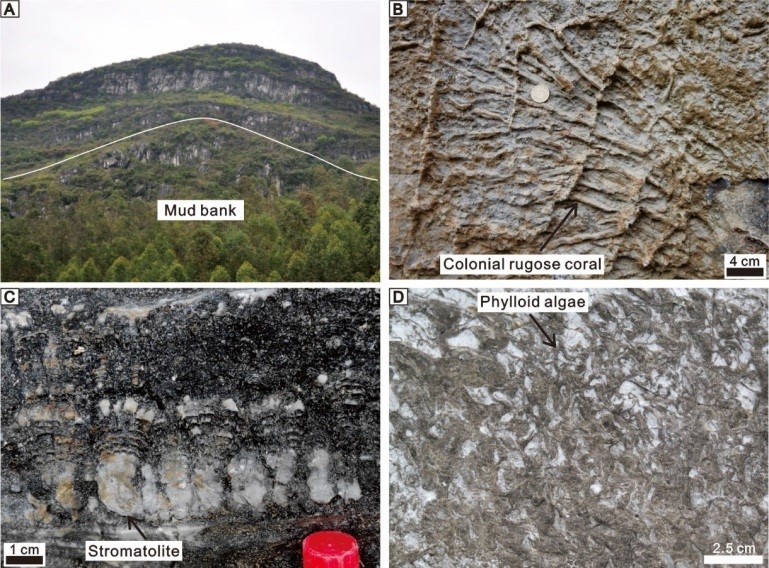
↑ Distribution and evolution of Carboniferous reefs in South China. (YAO Le and Wang Xiangdong, 2016,Palaeoworld)
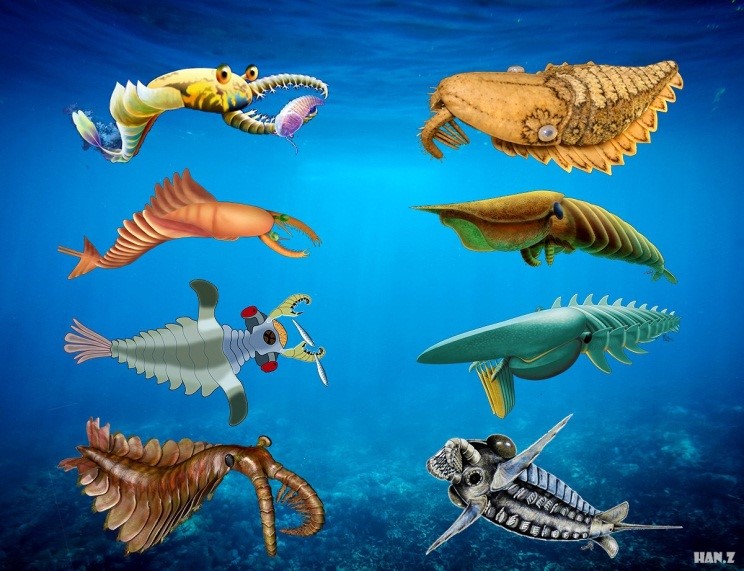
↑ Morphology of diverse radiodontan head sclerites from the early Cambrian Chengjiang Lagerstätte, south-west China. (ZENG Han et al., 2017,Journal of Systematic Palaeontology)
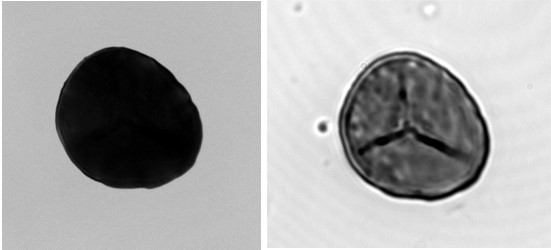
↑ Palynomorphs from massive metamorphosed rocks in Lvchun, Yunnan, Southwest China: evidence from the Ludlow Age and its geological implications. (LIU Feng et al., 2017,Review of Palaeobotany and Palynology)
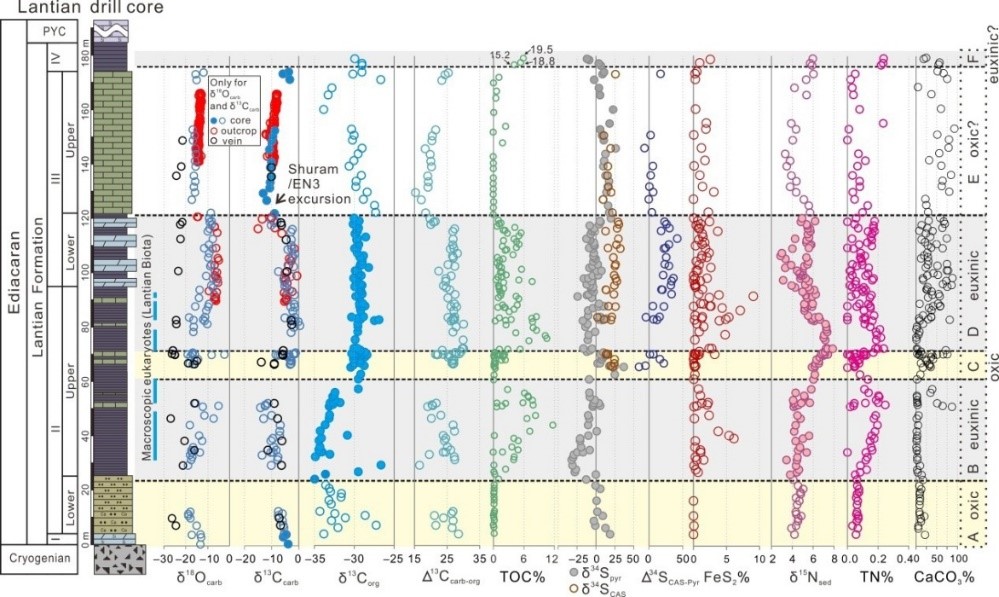
↑ Integrated carbon, sulfur, and nitrogen isotope chemostratigraphy of the Ediacaran Lantian Formation in South China: Spatial gradient, ocean redox oscillation, and fossil distribution. (WANG Wei et al., 2017,Geobiology)
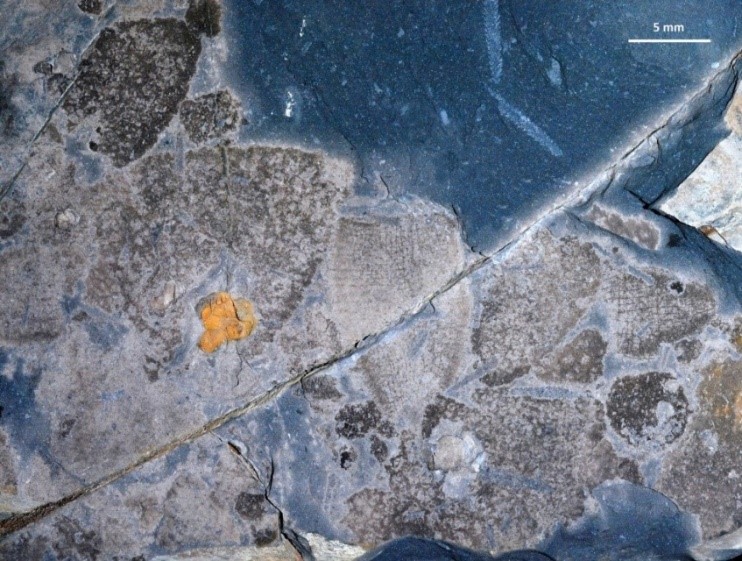
↑ Flourishing sponge-based ecosystems after the End-Ordovician mass extinction. (Botting JP et al., 2017,Current Biology)
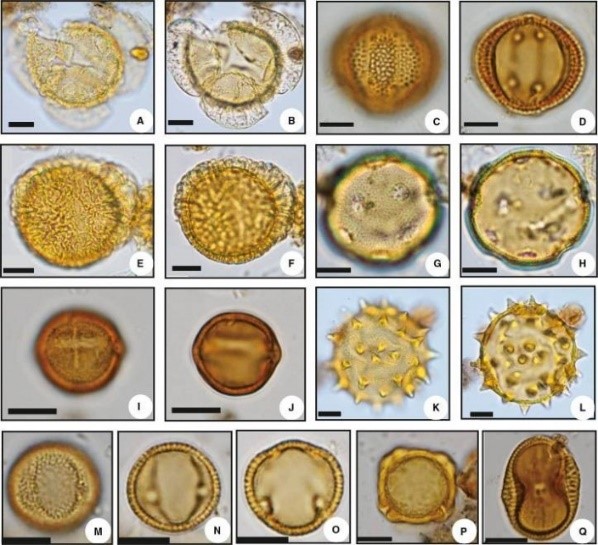
↑ Vegetation and climate changes over the last 30000 years on the Leizhou Peninsula, southern China, inferred from the pollen record of Huguangyan Maar Lake. (MENG Yuting et al., 2017,Boreas)
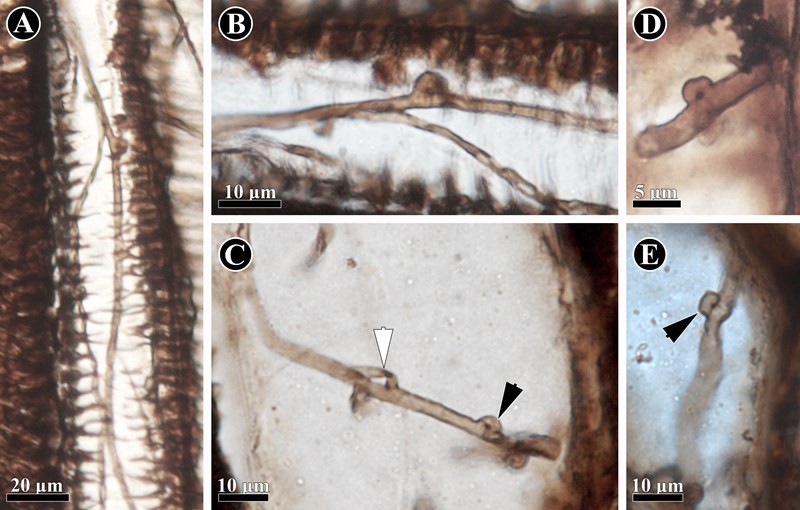
↑ First record of fossil basidiomycete clamp connections in cordaitalean stems from the Asselian–Sakmarian (lower Permian) of Shanxi Province, North China. (WAN Mingli et al., 2017,Palaeogeography Palaeoclimatology Palaeoecology)
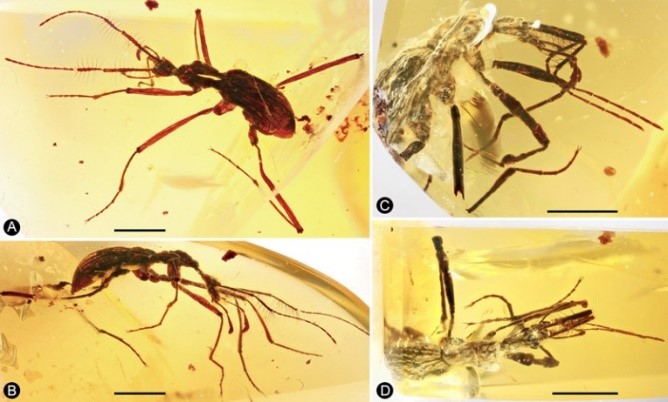
↑ Specialized adaptations for springtail predation in Mesozoic beetles. (Yin ZW, Cai CY et al., 2017,Scientific Reports)
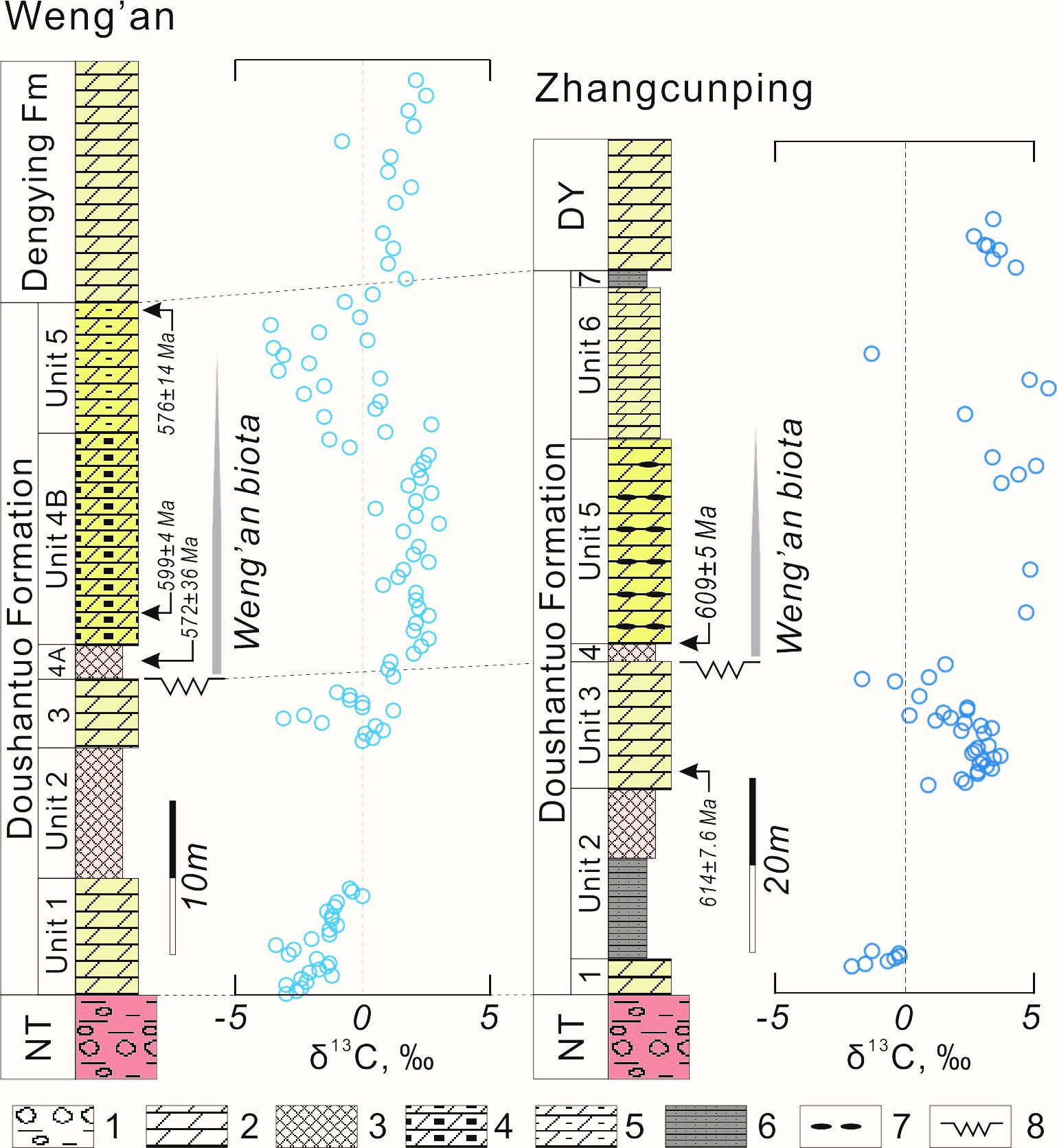
↑ A new SIMS zircon U-Pb date from the Ediacaran Doushantuo Formation: age constraint on the Weng'an biota. (ZHOU Chuanming et al., 2017,Geological Magazine)
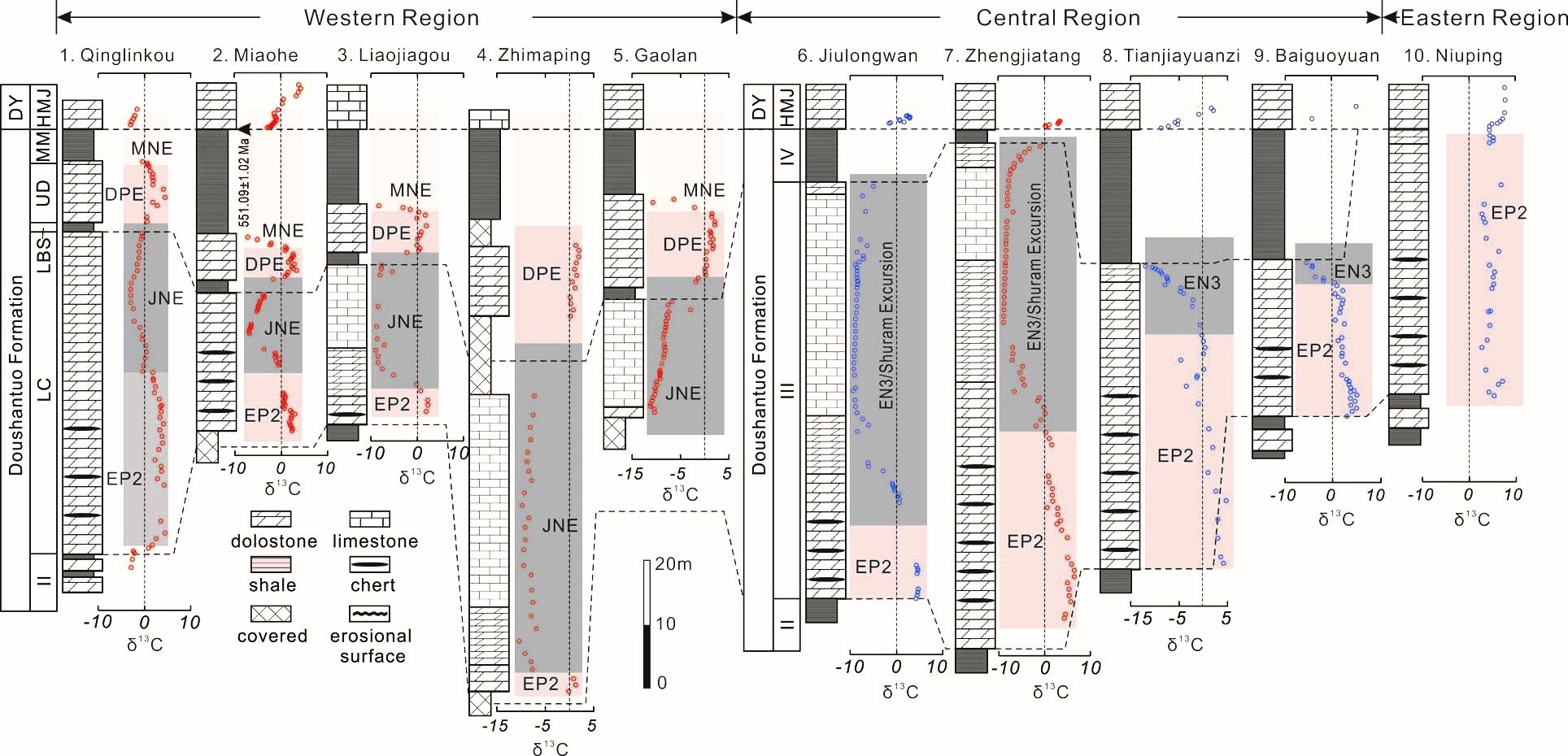
↑ The stratigraphic complexity of the middle Ediacaran carbon isotopic record in the Yangtze Gorges area, South China, and its implications for the age and chemostratigraphic significance of the Shuram excursion. (ZHOU Chuanming et al., 2017,Precambrian Research)
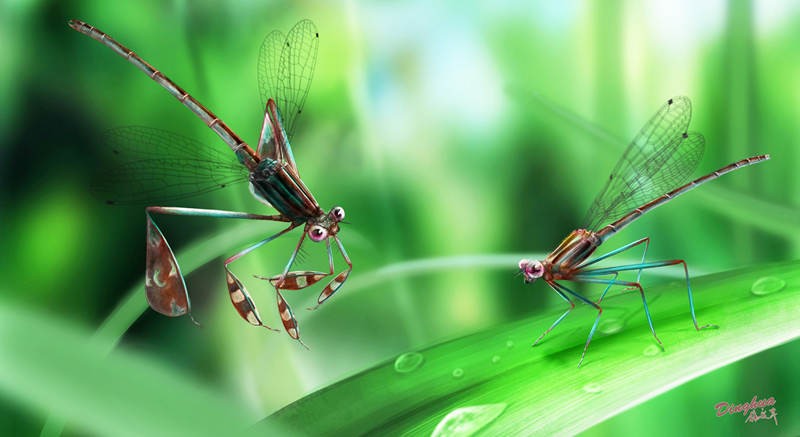
↑ Extreme adaptations for probable visual courtship behaviour in a Cretaceous dancing damselfly. (ZHENG Daran et al., 2017,Scientific Reports)
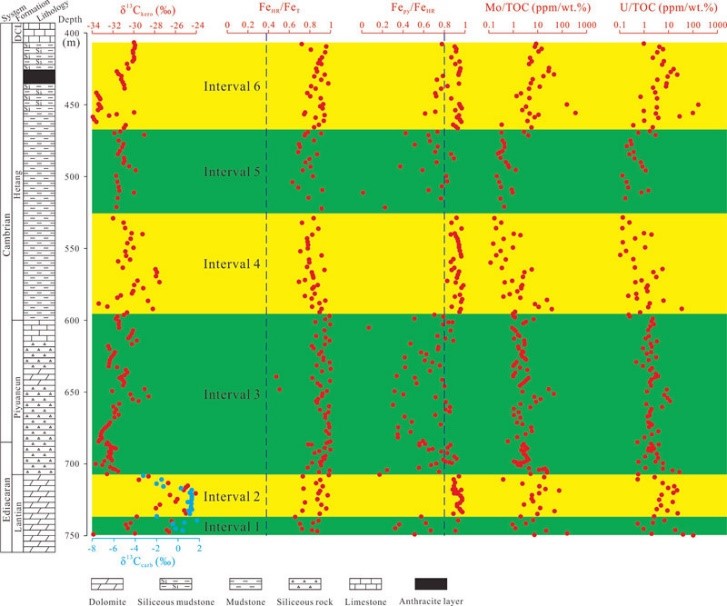
↑ Evolution of oceanic molybdenum and uranium reservoir size around the Ediacaran-Cambrian transition: evidence from western Zhejiang, South China. (XIANG Lei et al., 2017,Earth and PlanetaryScience Letters)
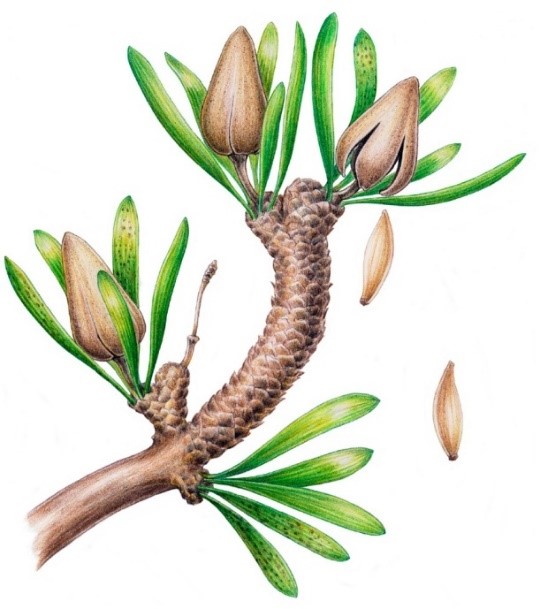
↑ Leaves of Podozamites and Pseudotorellia from the Early Cretaceous of Mongolia: stomatal patterns and implications for relationships. (SHI Gongle et al., 2017,Journal of Systematic Palaeontology)
↑ The presumed ginkgophyte Umaltolepis has seed-bearing structures resembling those of Peltaspermales and Umkomasiales. (Herrera F, Shi GL et al., 2017,PNAS)
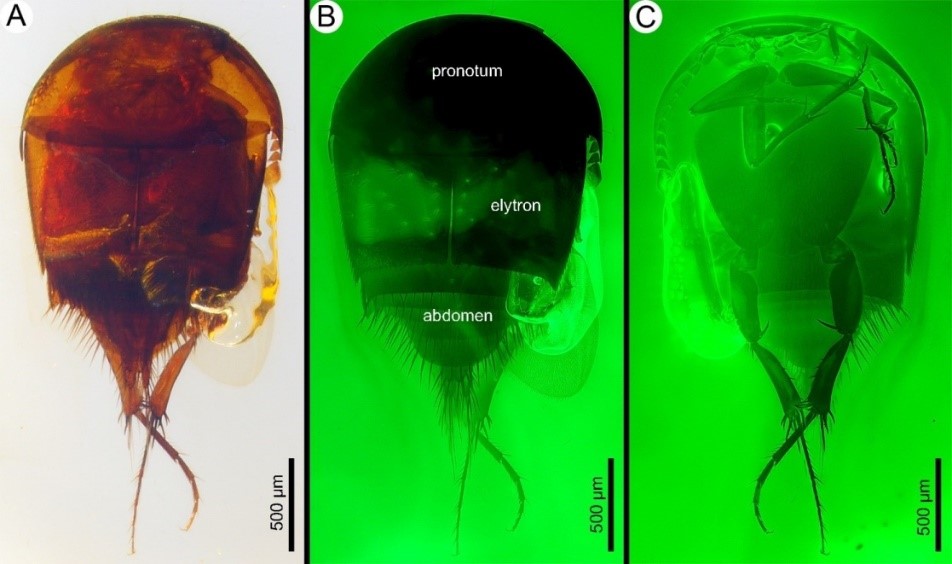
↑ Early evolution of specialized termitophily in Cretaceous rove beetles. (CAI Chenyang et al., 2017,Current Biology)
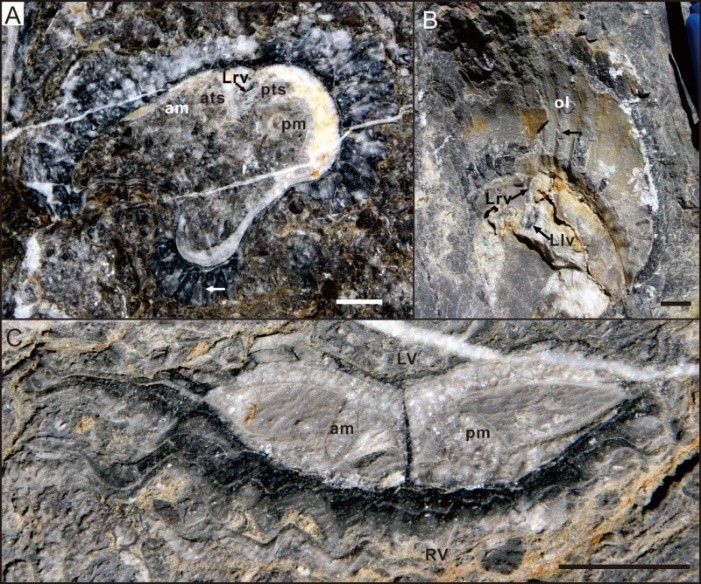
↑ Evolution and palaeogeographical dispersion of the radiolitid rudist genus Auroradiolites (Bivalvia: Hippuritida), with descriptions of new material from Tibet and archived specimens from Afghanistan. (RAO Xin et al., 2017,Papers in Palaeontology)
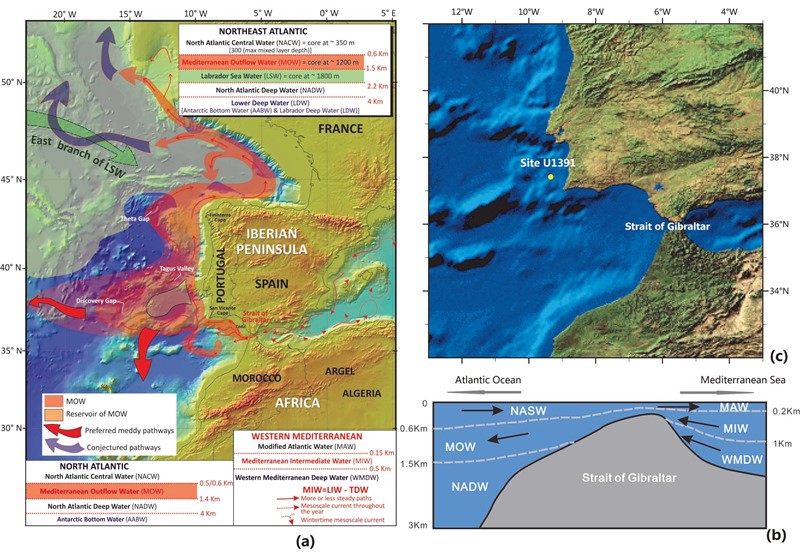
↑ Benthic foraminiferal assemblages and bottom water evolution of the Portuguese margin since the Middle Pleistocene. (GUO Qimeiet al., 2017,Global and Planetary Change)
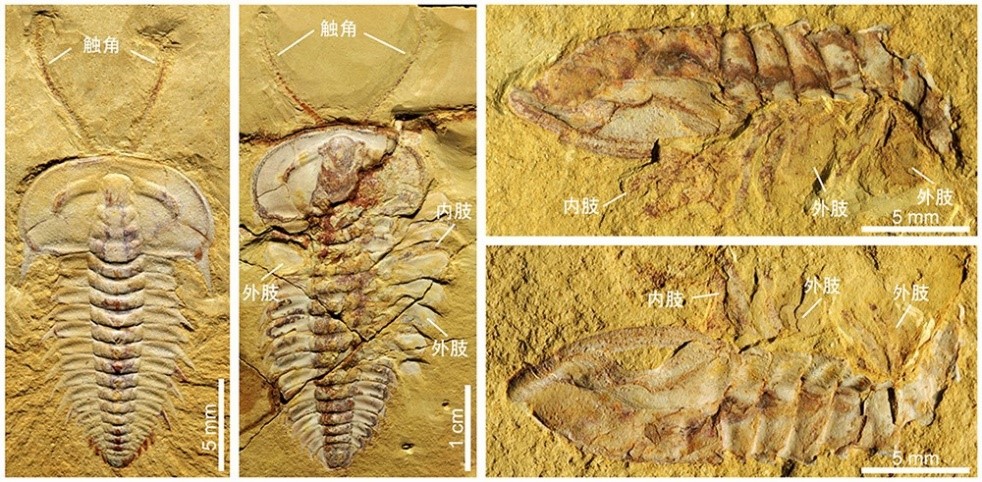
↑ Appendages of an early Cambrian metadoxidid trilobite from Yunnan, SW China support mandibulate affinities of trilobites and artiopods. (ZENGHan et al., 2017.Geological Magazine)
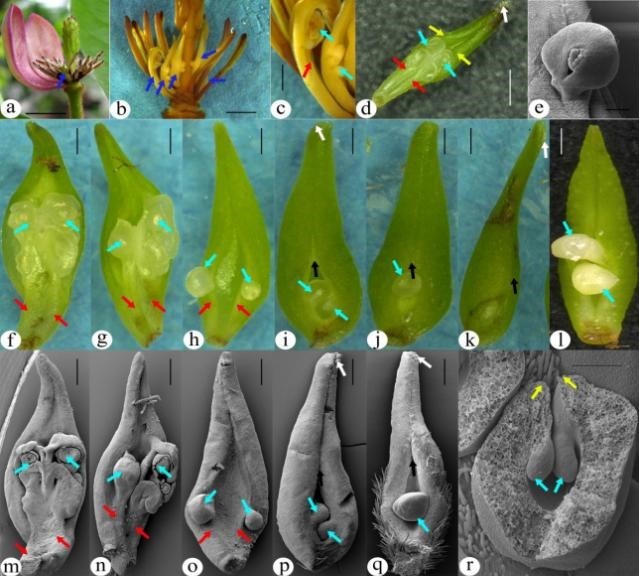
↑ How the ovules get enclosed in magnoliaceous carpels. (Zhang X, Liu W, Wang X*, 2017,PLoSONE)
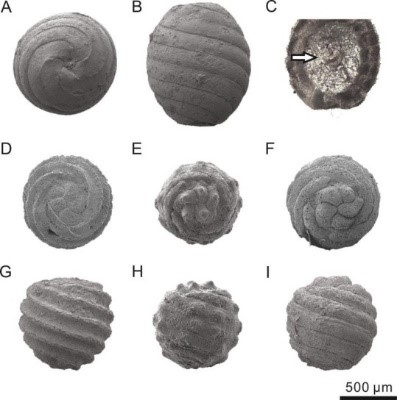
↑ Charophytes from the Cretaceous–Paleogene transition in the Pingyi Basin (Eastern China) and their Eurasian correlation. (LI Sha et al., 2016,Cretaceous Research)

↑ The first Late Triassic Chinese triadophlebiomorphan (Insecta: Odonatoptera): biogeographic implications (ZHENG Daran et al, 2017.Scientific Reports)
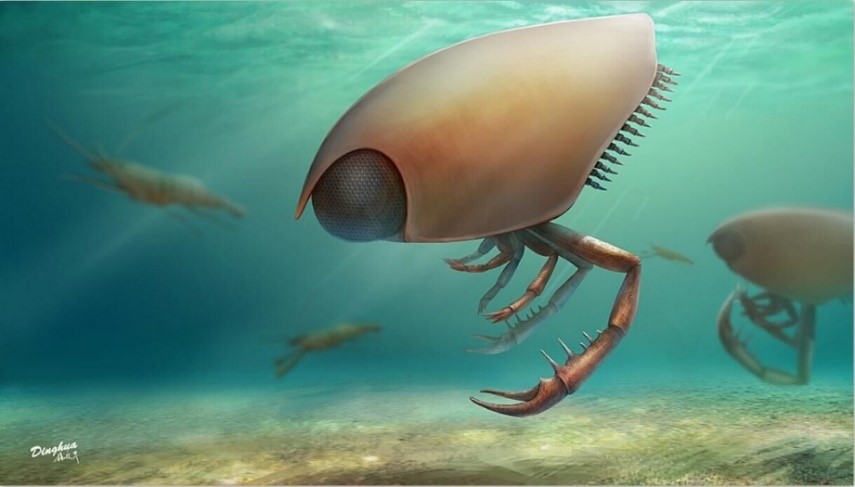
↑ New species of Thylacocephala (Arthropoda) from the Spathian (Lower Triassic) of Chaohu, Anhui Province of China (JIChenget al., 2017.Paläontologische Zeitschrift)
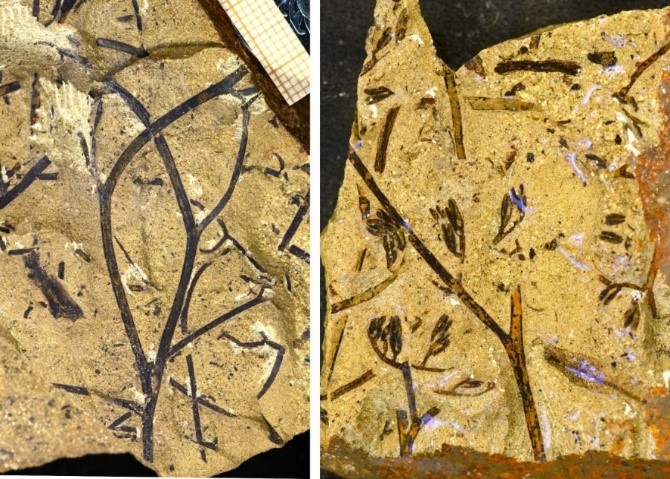
↑ A new diminutive euphyllophyte from the Middle Devonian of West Junggar, Xinjiang, China and its evolutionary implications. (XU Honghe et al., 2017.Alcheringa)
.....CONTENTS OF PALAEONEWS NO.5.....
